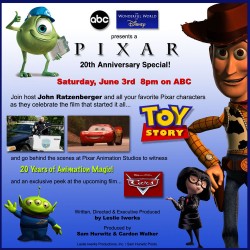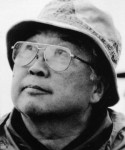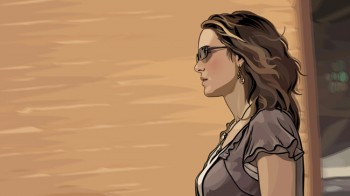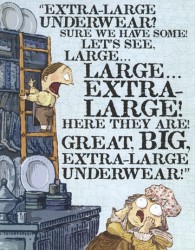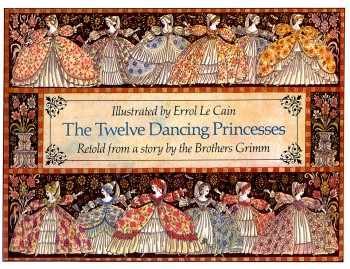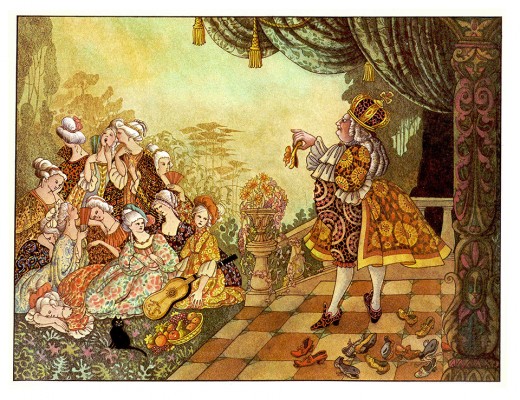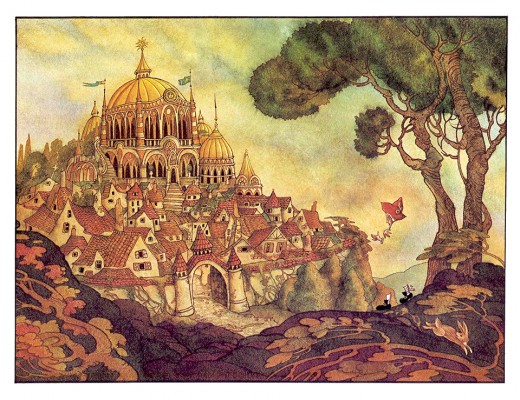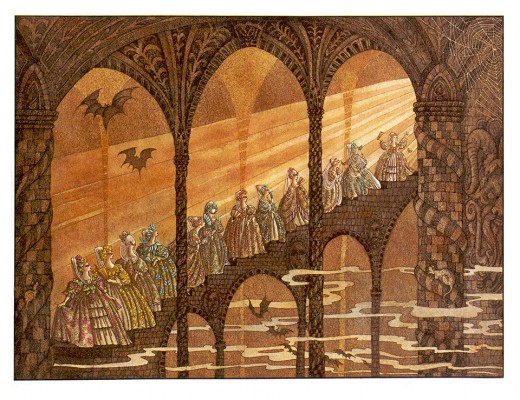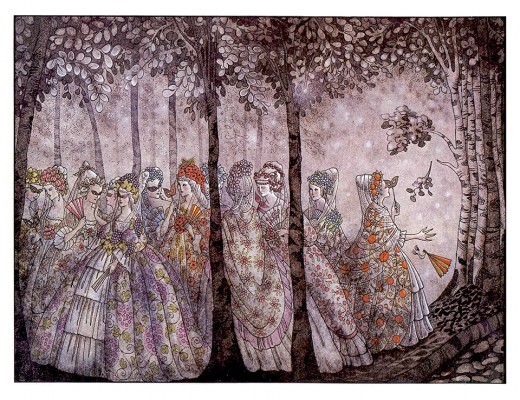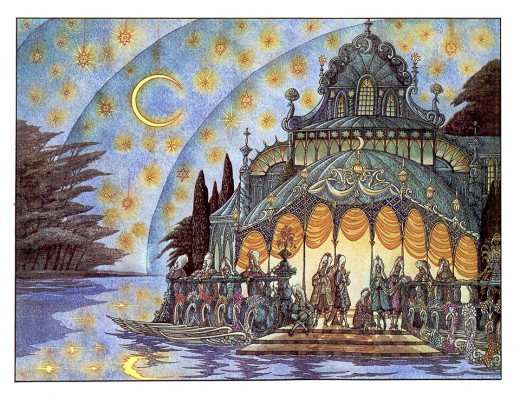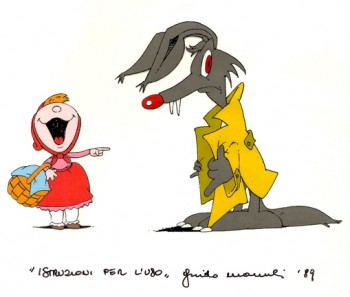- Hansel and Gretel was an animated feature produced in 1954 by Michael Myerberg a showman of a producer who made elaborate claims for his sets and puppets and pushed the publicity to feature many innovations that didn’t exist. 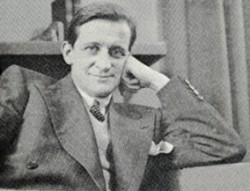
I can remember CBS covering the film’s premiere. They had the upper half of the puppet of Rosina Rubylips in a glass box – it looked not unlike the gypsy fortuneteller in the movie BIG. Supposedly the puppets were controlled by electronics. Singer Anna Russell, at the premiere, was prompted to turn dials, and the puppet moved in a robotic movement. The film employed animation. There were no electronics operating the puppets; there were wires.
(producer Michael Myerberg)
As a child, I was intrigued with this puppet feature – a rarity in those days – and searched for any information about the production. A magazine I have, Closeup #2 (1976) offered a lot of photos of this film, and I thought I’d post some of them.
The feature was done out of a brownstone on East 2nd Street in Greenwich Village, and 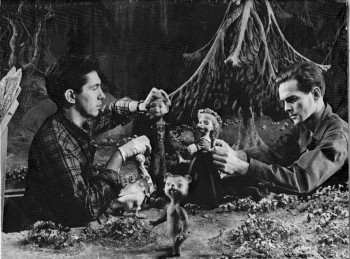 non-animators were hired to animate the puppets. Some of them were master puppeteers (e.g. Don Sahlin had already designed and built all the marionettes on Howdy Doody, Kermit Love went on to do some masterful work with Jim Hensen.) The camerman was the extra- ordinary still-photographer, Martin Munkasci.
non-animators were hired to animate the puppets. Some of them were master puppeteers (e.g. Don Sahlin had already designed and built all the marionettes on Howdy Doody, Kermit Love went on to do some masterful work with Jim Hensen.) The camerman was the extra- ordinary still-photographer, Martin Munkasci.
Of course, all of these people had to learn how to do animation on-the-job.
Don Sahlin and Joe Horstman animating Hansel & Gretel in the woods.
This photo gives a good indication of the scale of the production.
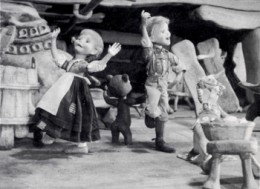
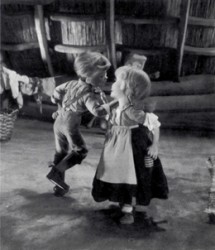
Hansel and Gretel dance inside their cottage waiting for their parents to return.
Aside from it being a first feature for Myerberg, it was also the first time opera was the basis for an animated film. All of the dialogue is sung in an English translation of the Humperdink opera. They utilized some great opera stars such as Anna Russell for the voices. That, in itself, gives the animated feature a peculiar feel.
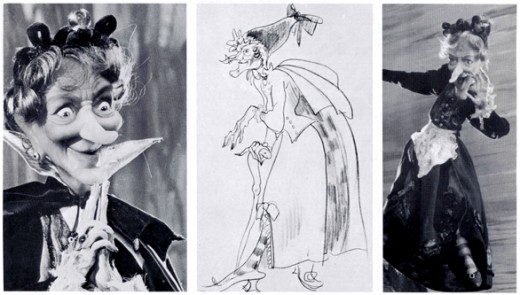
The puppet & production sketch of the evil witch, Rosina Rubylips. The character is voiced by opera star, Anna Russell.

Scenic Designer, Evalds Dajevskis in front of one of his many sets.
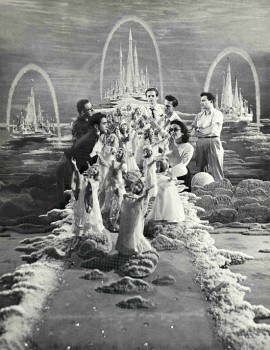
Animating the descent of the angels from their fairy kingdom. Pictured are (counterclockwise): Danny Diamond, Kermit Love, Joe Horstman, Sky Highchief, Teddy Shepard and, outside of the circle (with arms crossed) Roger Caras.
It looks to be a relatively large group of animators gathered in and around the very detailed, gingerbread set.
You can see how large the sets and puppets are in this photograph. The animators used electromagnets in the feet of the puppets to keep them anchored to the table. By turning off the switches they were able to move the puppets from the spot where they stood.
The elaborate puppets were created by Jim Summers. He designed armatures for the puppets which had a number of little switches. By pressing on the switch for the leg, for example, you would release the leg and could then move it. By releasing the pressure on the switch, the leg would lock in position.
The director of the film, John Paul, was a British actor directing his first and last animated film.
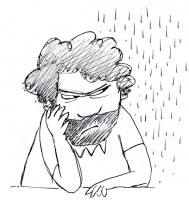
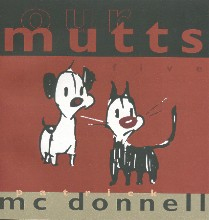 - I love the artwork of
- I love the artwork of 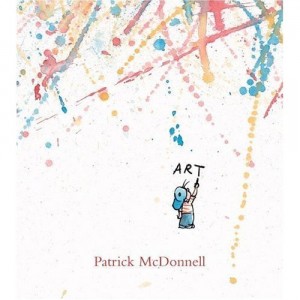







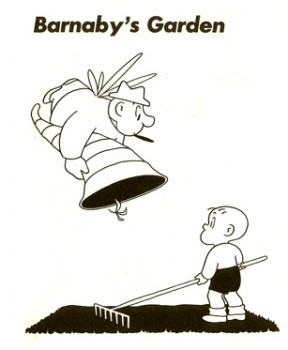
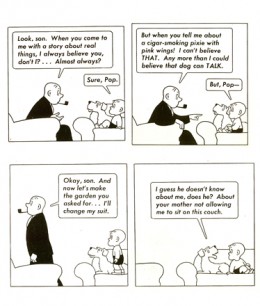
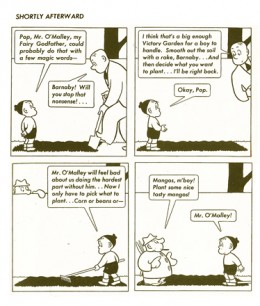
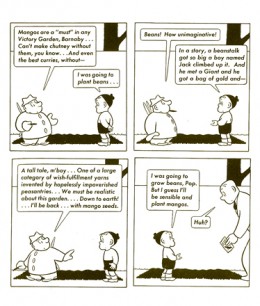
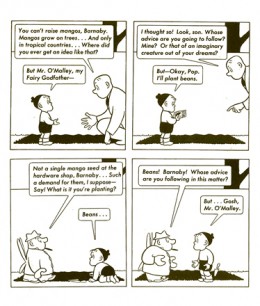
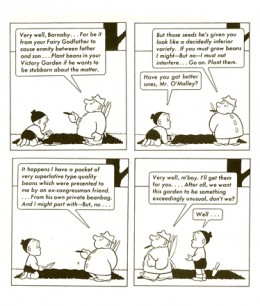
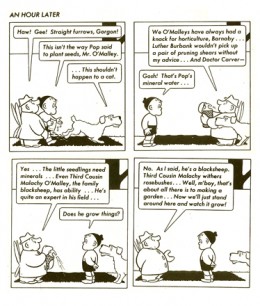
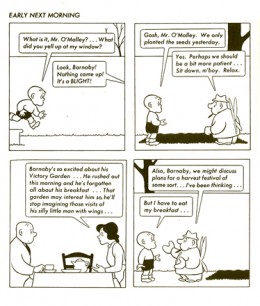
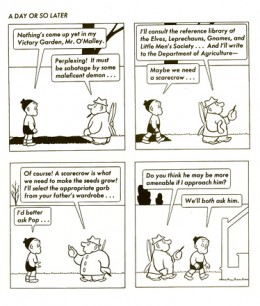

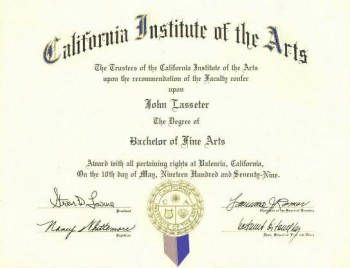
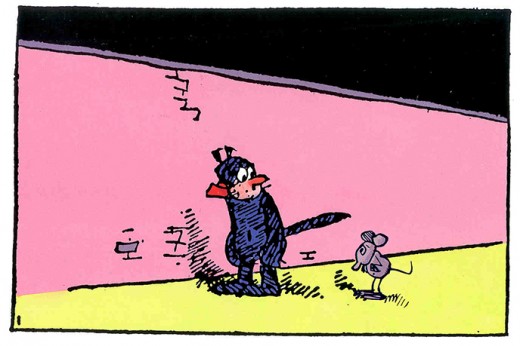
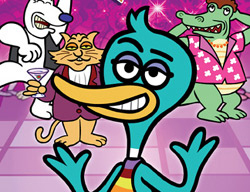 – Those in New York this Sunday can attend a world premiere.
– Those in New York this Sunday can attend a world premiere. 